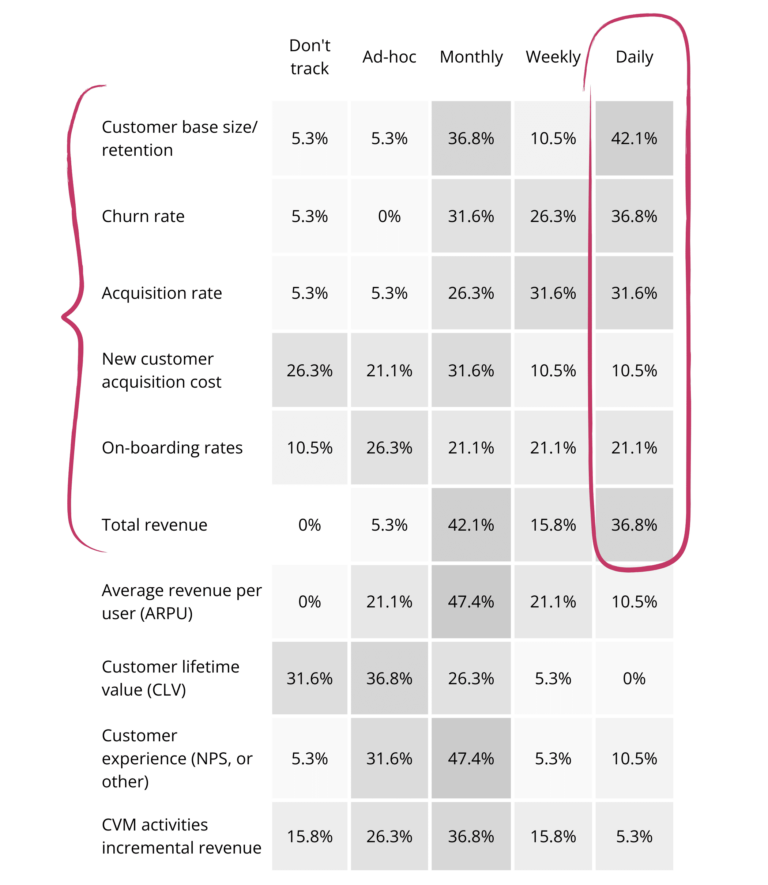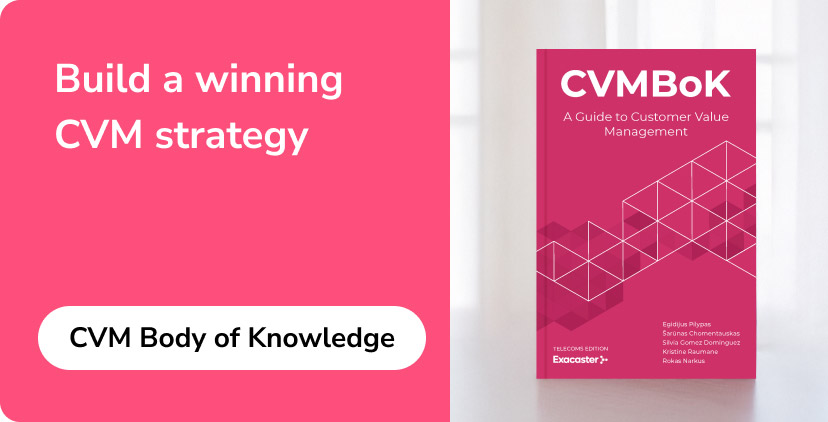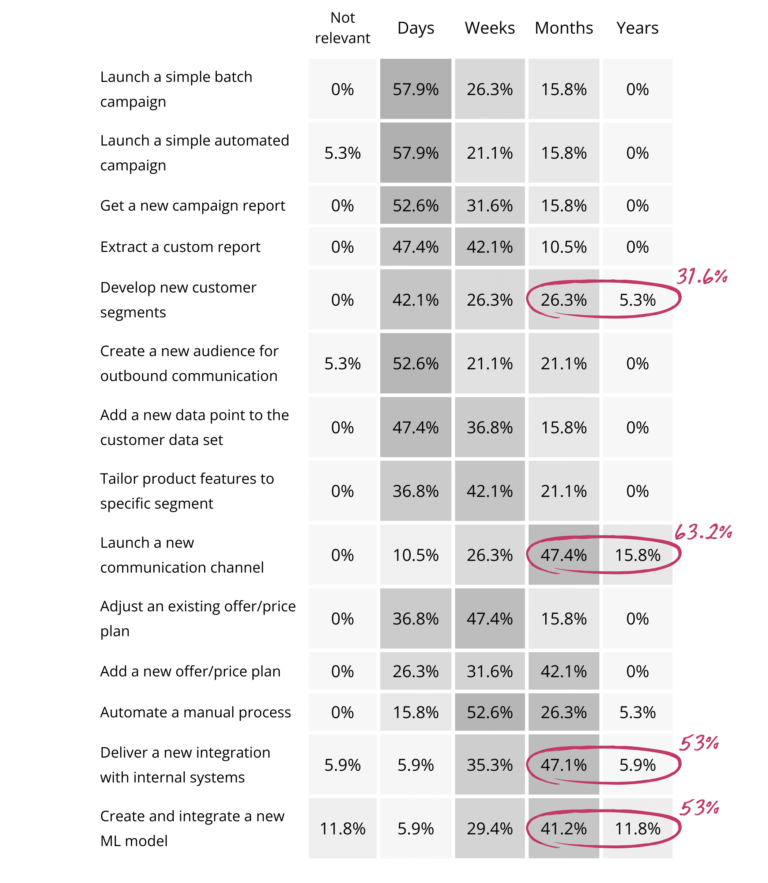Today CVM teams face unprecedented technological and data complexities as well as capabilities. Integrating diverse channels, managing vast amounts of customer data, and delivering personalized experiences are now essential for acquiring, growing, and retaining customers. This chapter explores five critical technology challenges that CVM professionals must overcome to excel in their job.
Fragmented Channels and Touchpoints
The explosion of communication channels has fragmented customer interactions (see Figure 4.1). Traditional avenues like stores and call centers coexist with digital platforms such as mobile apps, social media, and chatbots. Assisted channels, including telesales and on-site installers, add further layers of complexity. With numerous inbound and outbound channels operating simultaneously, delivering a unified message becomes a formidable task.
According to the CVM Trends 2025 study, over 60 percent of telecoms have fully personalized their primary channels, yet only 26 percent have achieved a true omnichannel experience. Aligning these channels to provide consistent and cohesive customer engagement remains a significant hurdle for CVM teams.
Integration with Legacy Systems
Many telecoms operate with a mix of legacy systems and modern technologies, making systems integration complex and time-consuming. Balancing innovation with the need to maintain stable operations requires careful strategy and execution.
The same study reports that more than 60 percent of CVM teams experience delays of months or even years when launching new communication channels, integrating with legacy systems, or adding new offers to their product portfolios. The rapid pace of digital change intensifies the pressure to enhance agility and scalability within telecom IT infrastructures.
Figure 4.1: Communications Channel Availability in Organizations
Managing the Customer Data Explosion
The exponential growth of customer data is both an asset and a challenge. Every interaction generates data signals that, if properly harnessed, can provide deep insights into customer behavior. However, this customer data sits in many IT systems and must be extracted, cleansed, unified, and integrated into a single customer view before it becomes actionable.
Despite two-thirds of telecoms worldwide adopting state-of-the-art data warehousing and data lake technologies, only 26 percent have achieved a unified customer view (see Figure 4.2). The sheer volume and variety of data make this a daunting task for CVM teams, requiring sophisticated data management strategies.
Figure 4.2
Demand for Artificial Intelligence-Powered Personalization
Customers now expect personalized interactions that enhance their experience with service providers. Achieving this level of personalization necessitates extensive customer data enriched with AI, ML, and real-time decision-making capabilities.
The CVM Trends 2025 study indicates that 53 percent of telecoms face integration times of months or years when incorporating new ML models into their CVM processes. Additionally, only 15 percent of CVM teams have implemented generative AI capabilities. These delays hinder the ability to meet customer expectations for personalized services (see Figure 4.3), even if the technological AI capabilities today are jaw dropping.
Figure 4.3: Time to Implement a CVM Activity
Complexity in Measuring Impact
In CVM, understanding which strategies truly drive results demands rigorous A/B testing, precise tracking, and comprehensive reporting. CVM processes often run simultaneously, leveraging shared logic, data, and AI/ML components with only minor differences. This interconnectedness creates significant complexity, making management both demanding and resource-intensive.
Currently, only one-third of CVM teams track their primary KPIs daily. The majority depend on weekly or monthly metrics, slowing down learning cycles and hindering their ability to accurately measure and report the impact of their initiatives (see Figure 4.4). Addressing these challenges requires robust methodologies, such as A/B test group selection, the implementation of global control groups, advanced data modeling, and substantial effort from data engineering teams to ensure seamless execution and reliable insights.
As can be seen, five critical technology challenges require that CVM professionals carefully plan and proactively influence the technology stack that their organizations use in CVM. The next section explores some of the best practices in this area.

Previous: Supporting the Rest of the Organization with Communication Initiatives
Next: Building a Future-Proof Customer Value Management Technology Stack








